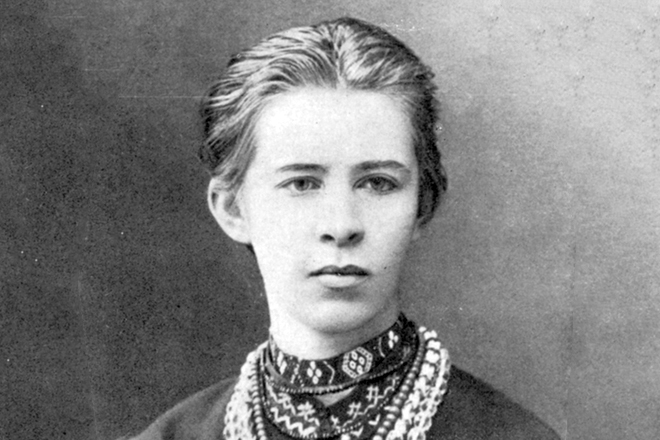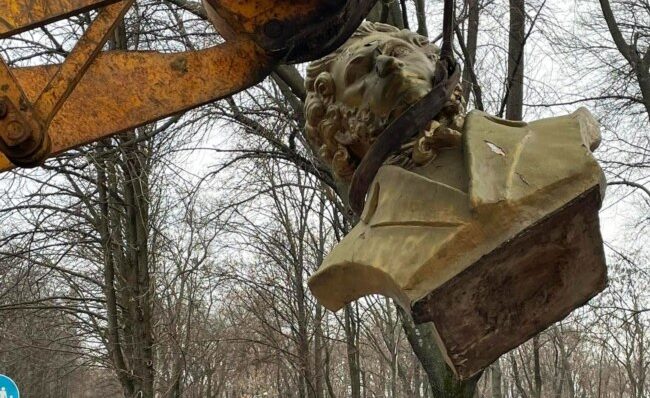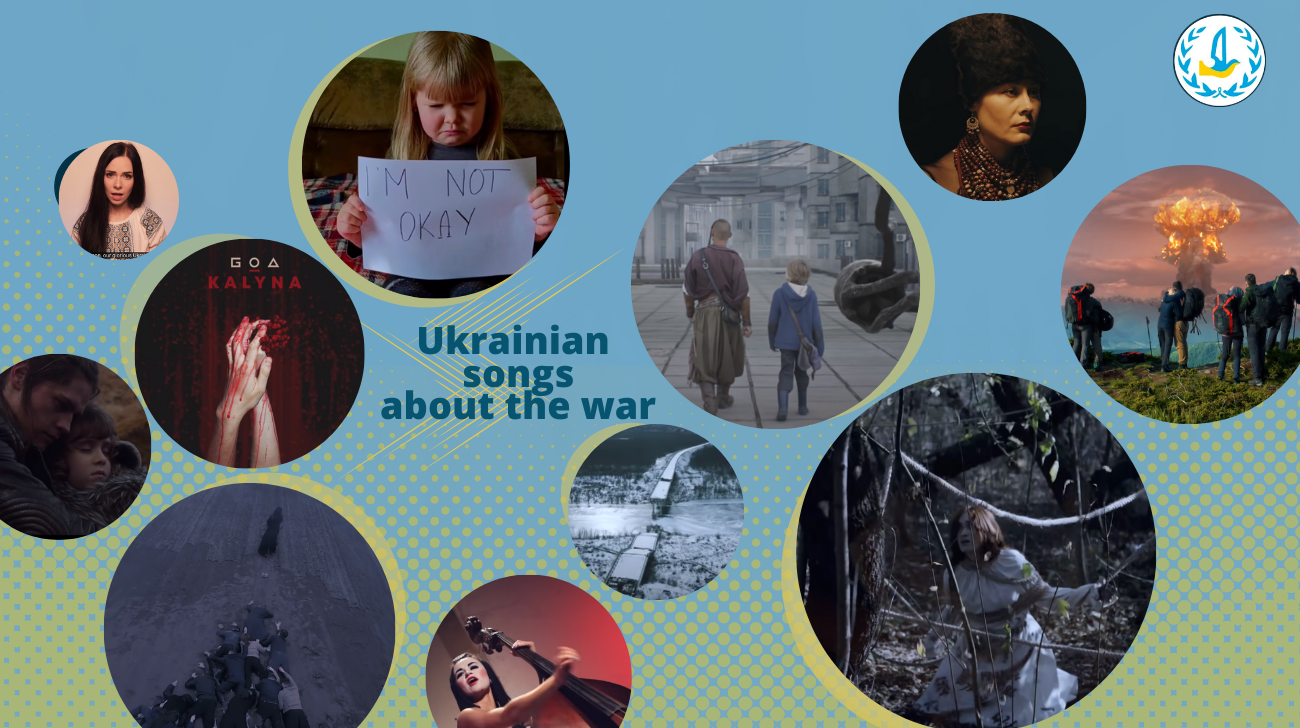A century ago, several enthusiasts set our with the same goal and captured unique village landscapes of the 19th century in collections of postcards. Today's photoethnographers are racing against time: traditional homes from the mid-XXth century are vanishing before our eyes.
After the collapse and doom of the 1990s, Ukrainian villages are starting to revive. In many ways, this is due to the decentralization reform of 2015-2020 which brought financial resources and new life to rural areas.
At the same time, this positive trend means that old village landscapes disappear forever. Although not always cozy or easy, they are, however, how Ukrainian grandfathers and grandmothers used to live in the middle of the 20th century, combining the Soviet way of life with older village traditions.
Those few houses that remain from the 19th and early 20th centuries are already preserved only in open-air museums or rare photos and postcards. And those built after WWII are already collapsing or being rebuilt. Probably, now are the last years when one can still find and picture village houses of the 1950s and those grannies who live there the old way.
The expedition
That is why two Ukrainian journalists launched their expedition throughout Ukraine. Svitlana Oslavska is an independent journalist and reporter, Anna Ilchenko is a freelance photographer.

Svitlana Oslavska (left) and Anna Ilchenko (right) in Kosmach village with traditional sleigh drawn by horses. Source: Facebook
They named their expedition Old khata project. Ukrainian world khata means house, especially traditional, old one, but is also used in modern times to name home in general. Oslavska and Ilchenko photograph rural houses that will disappear soon under the pressure of modern trends.
After finishing the project, they will publish a photo book, as well as the stories of the owners of these disappearing relics. But some early results are already available on Facebook.
CWe visited more than a hundred of houses last year. We used to post photos on Instagram and didn't think to do anything more with it, but now we have decided to publish a book. One expedition usually takes three days. Usually, we just approach the house that interests us and say 'Good afternoon!', 'Glory to Jesus!' or 'Christ is born!' [traditional greetings for the whole year and for Christmas - ed.] -- and they open. The story of the house is not always easy to obtain. It is usually easier for the owners to talk about themselves, life, neighbors. To learn something about the house you sometimes need several meetings. But we do not interrupt and allow people to speak out: it would be rude and wrong to demand to tell only the story we need."
Houses in different regions, of course, differ. Houses in the Chernihiv Oblast and in Volyn, although located in the north, are not similar at all. There are more clay huts in the Chernihiv region because there was not as much wood as in the West. In Bukovyna and Chernivtsi region, there are many palaces and villages that sometimes look like real kingdoms.
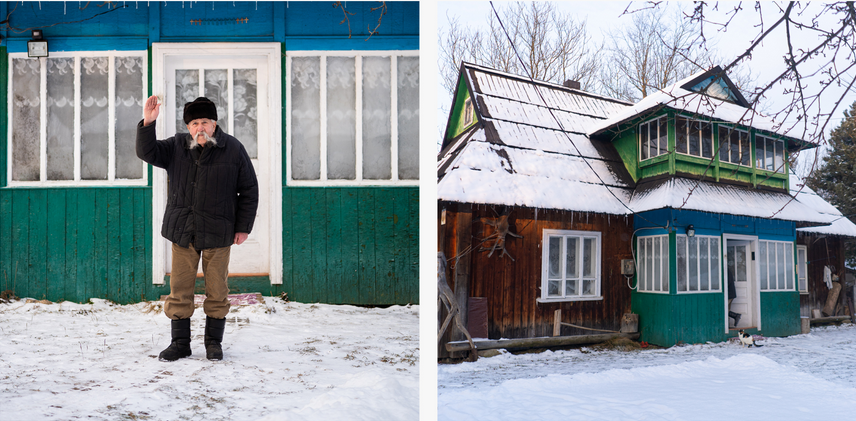


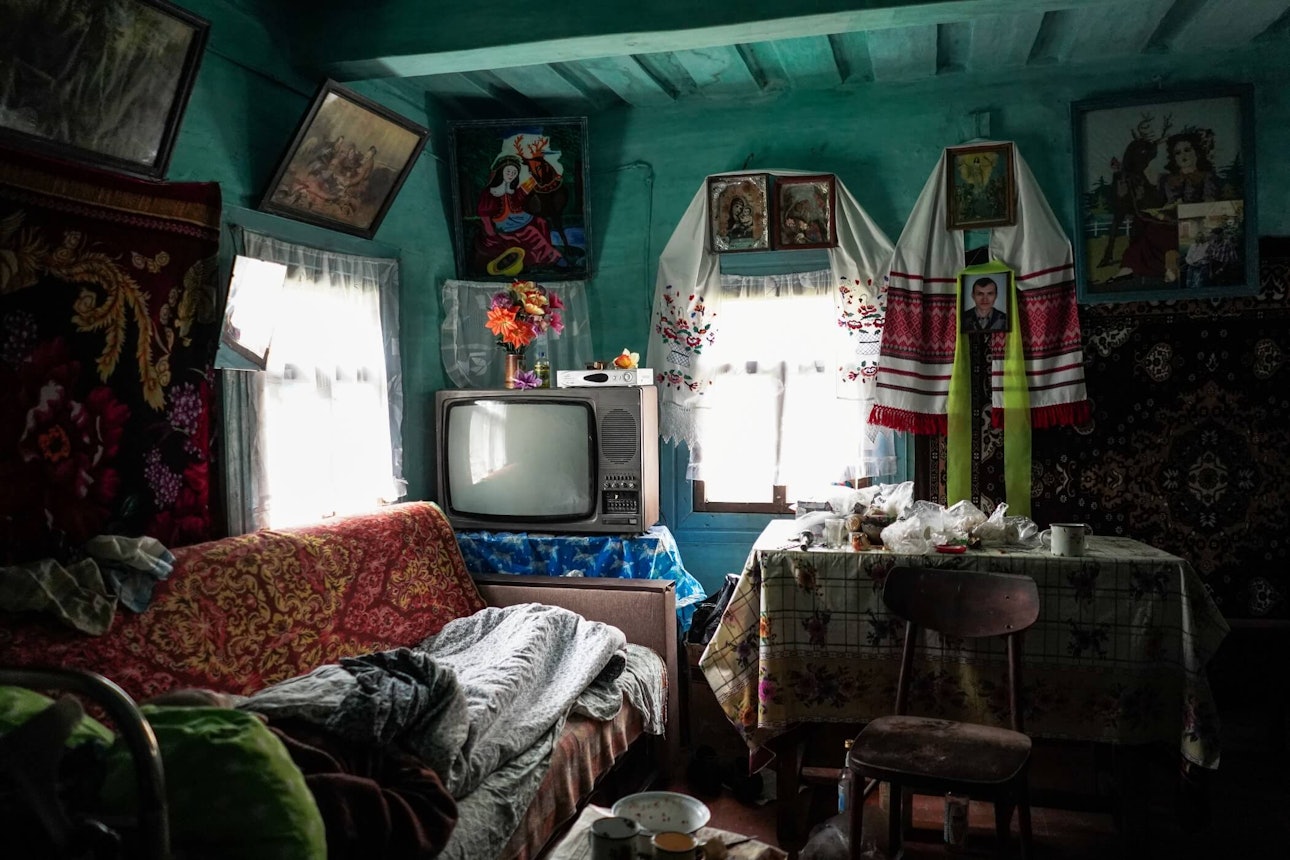

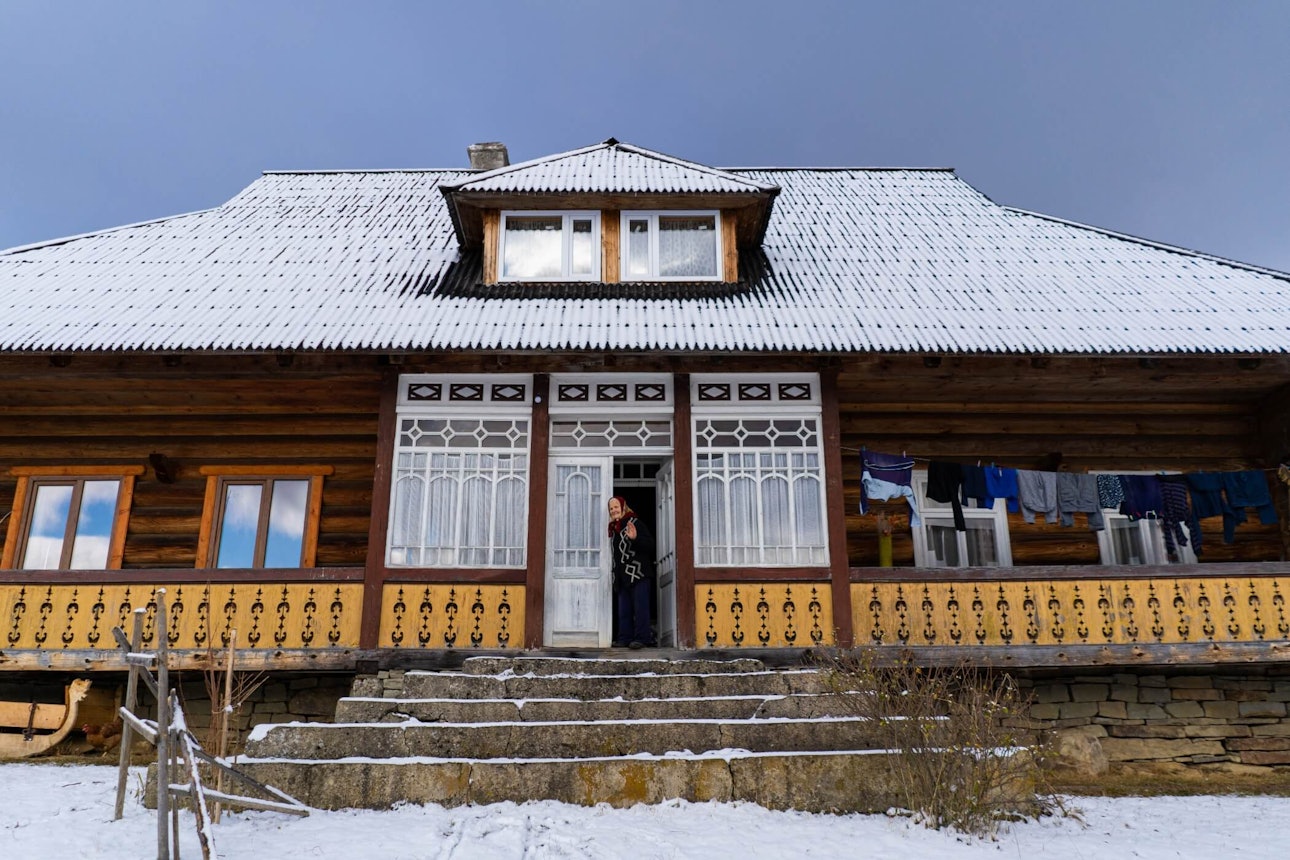
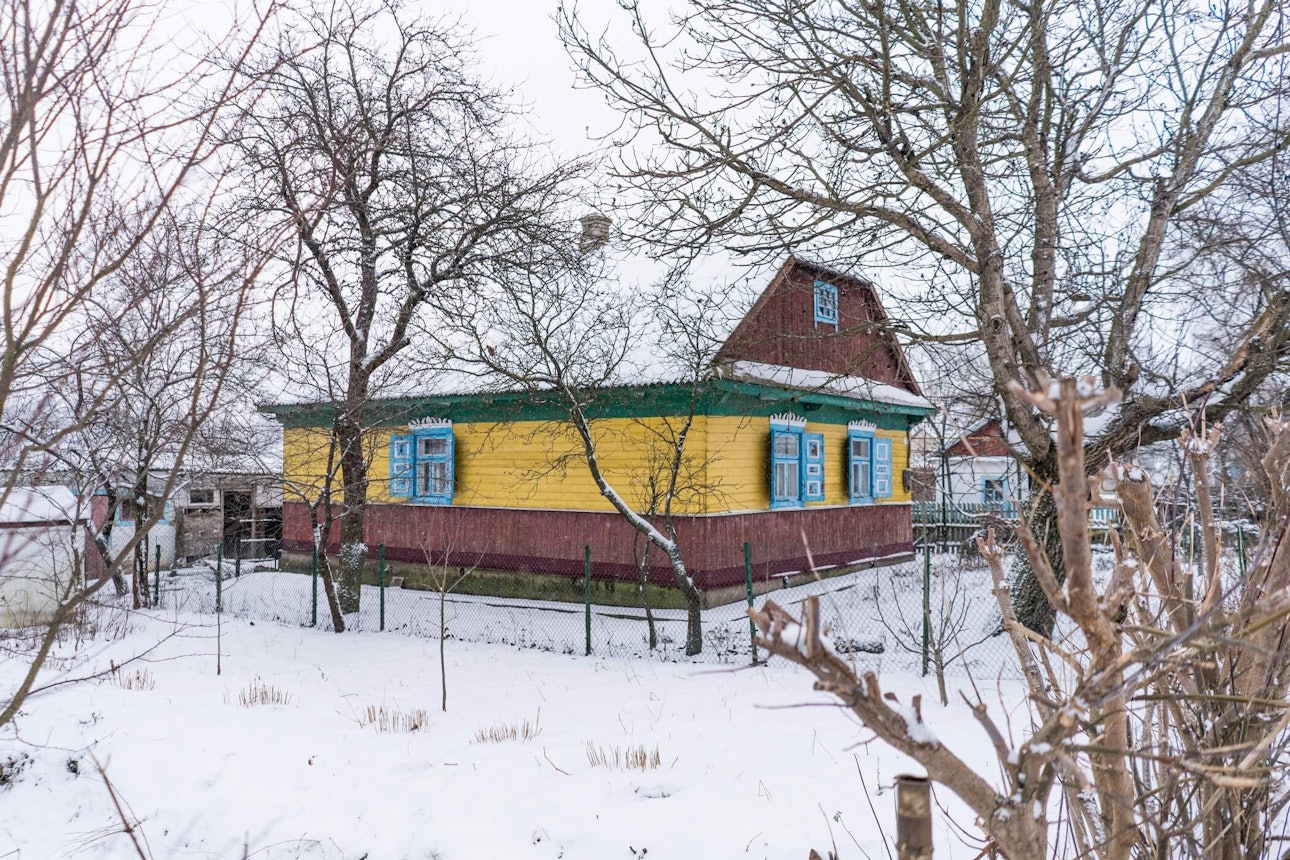


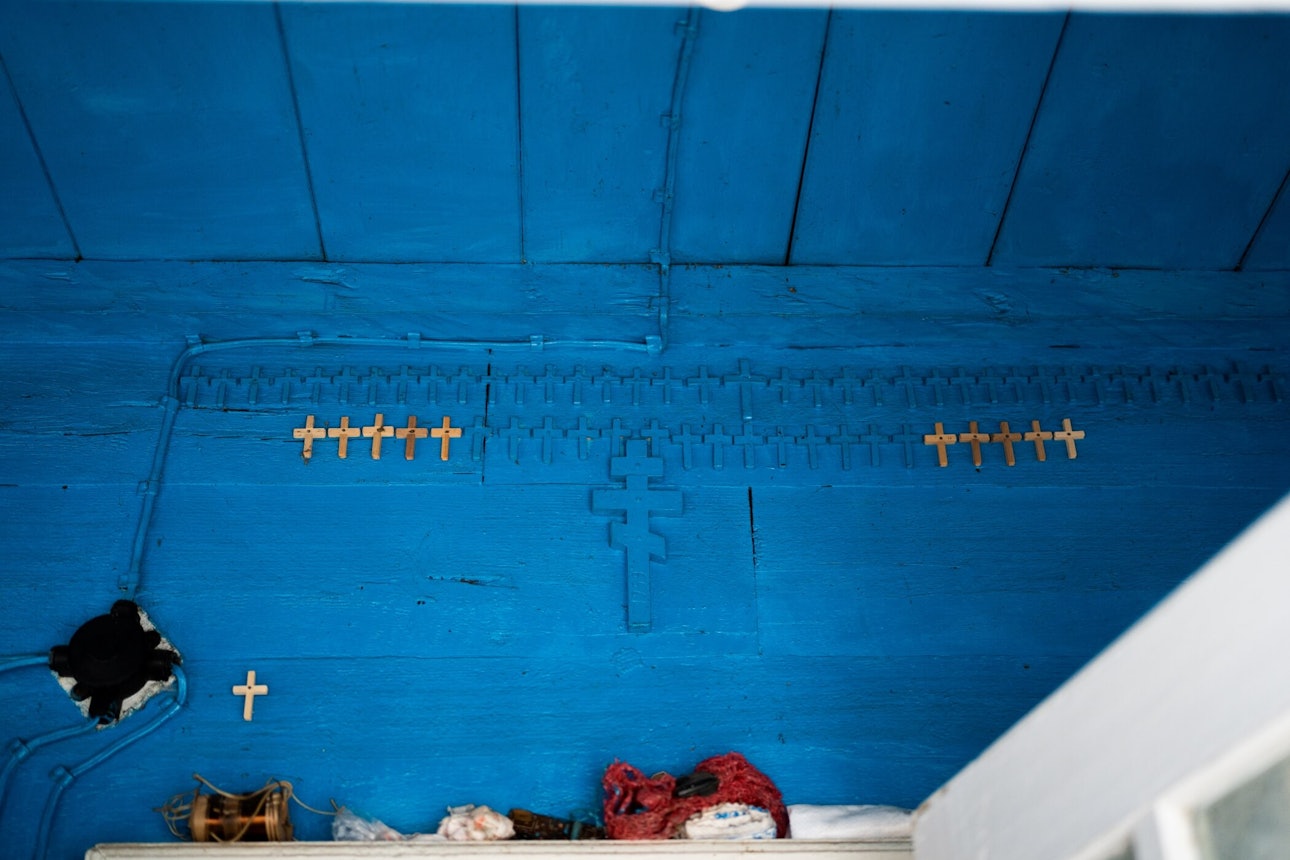
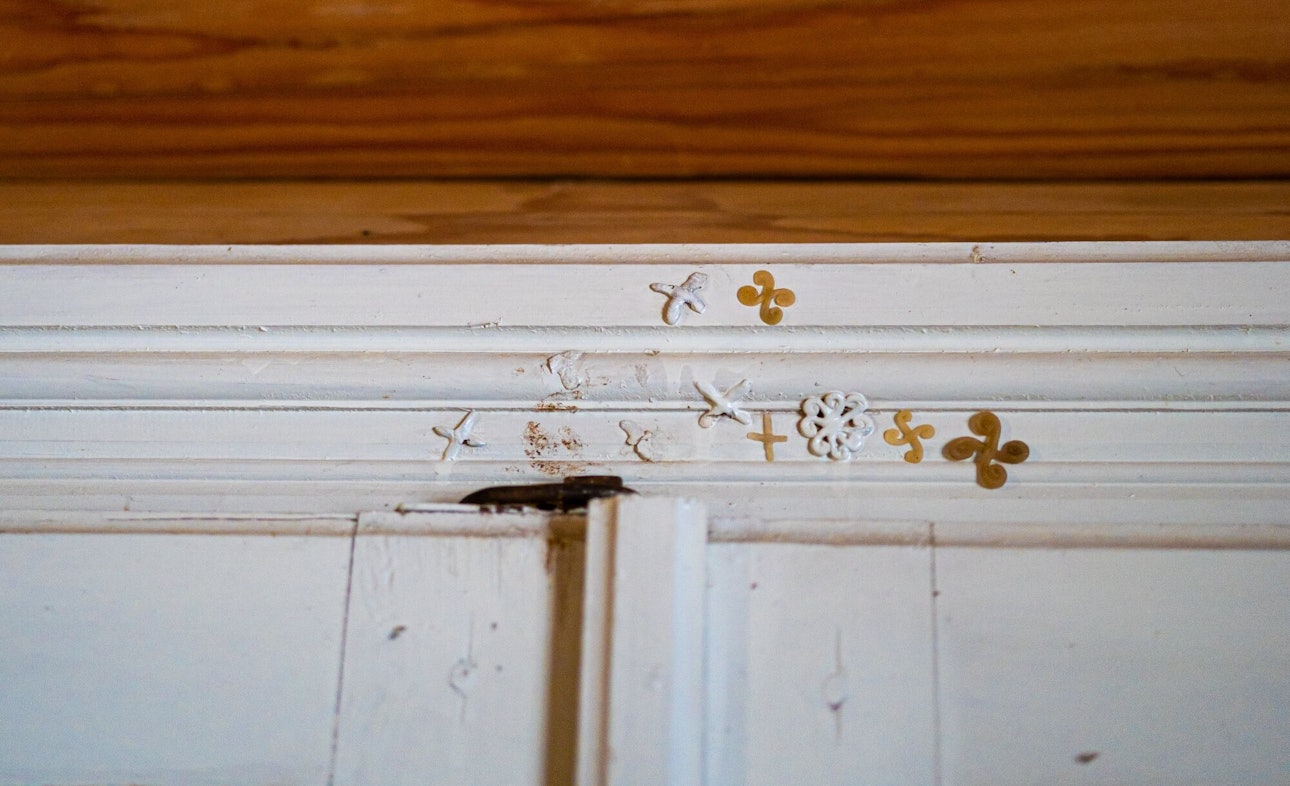
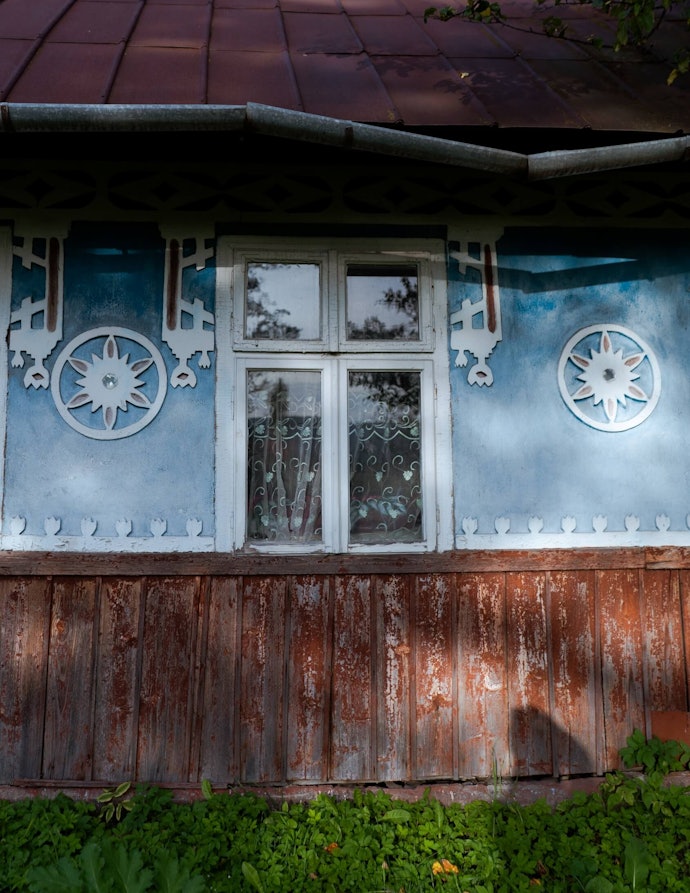
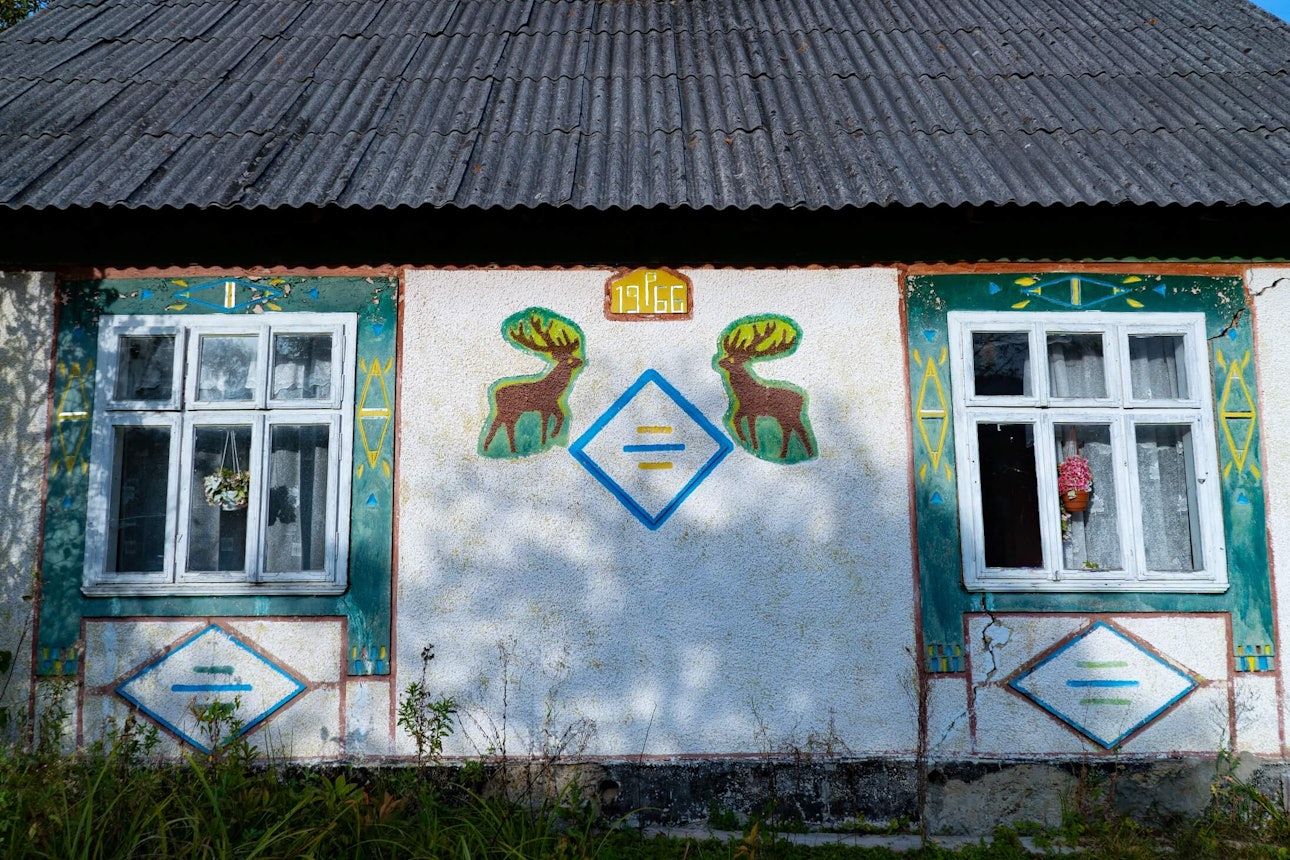






Most of the houses photographed by Oslavska and Ilchenko were built just after WWII, and several -- in the 1930s.
Rare postcards depict Ukrainian village life at turn of 20th century
Digging deeper into the past, one may discover Ukrainian villages of the early 20th and 19th centuries by unique postcards, collected by Volodymyr Koziuk, collector, painter, and photographer. We have already published some postcards from his collection in 2019, but since then he has added more images to his collection, worth including here.
Those old houses depicted on the postcards no more can be found in ordinary villages, only in open-air museums such as Shevchenkivskyi Hai.















